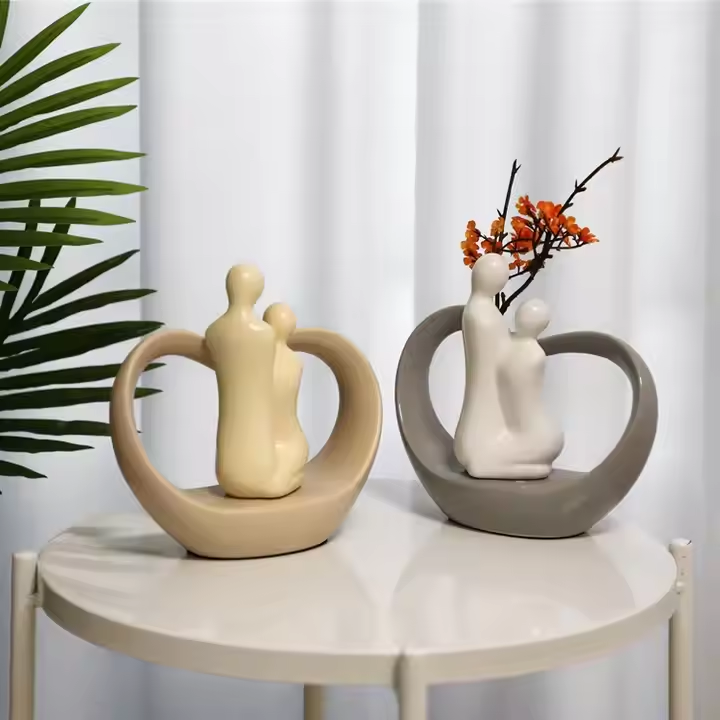Introduction to Chinese Porcelain Craftsmanship
Chinese porcelain craftsmanship has evolved over millennia, developing a unique technical system and aesthetic style. Below is an overview of its historical development, technical classifications, production processes, and decorative techniques:
I. Historical Evolution
Chinese porcelain originated from proto-celadon of the Shang Dynasty, with the full transition from pottery to porcelain achieved during the Eastern Han period3. Song Dynasty artisans elevated porcelain-making to its zenith, establishing the “Five Great Kilns” system. Ru Ware, renowned for its “celadon glaze,” became a royal benchmark with its jade-like “sky-blue” hue1. Yuan Dynasty blue-and-white porcelain revolutionized the craft through imported cobalt pigments and breakthroughs in high-temperature underglaze techniques2. During the Ming and Qing dynasties, Jingdezhen emerged as the porcelain capital, pioneering famille rose and cloisonné enameling while perfecting white porcelain systems praised as “white as jade, translucent as a mirror”46.
II. Core Technical Classifications
- Monochrome Glazed Porcelain
- Ru Ware’s iconic celadon glaze incorporated crushed agate, creating “cicada-wing” crackle patterns through precise reduction firing1.
- Celadon ceramics utilized iron oxide additives in clay and glaze, achieving regional variations in green-toned finishes via reduction kilns8.
- Painted Porcelain
- Blue-and-white porcelain employed cobalt underglaze painting covered by transparent glaze, with Yuan-era works displaying iron-spot textures from imported “Sumali” cobalt2.
- Famille rose techniques used glass-white bases and secondary firing to produce soft, gradient colors4.
- Colored Glaze Porcelain
- Jingdezhen’s red glaze series (Jun red, Langyao red) relied on advanced reduction firing to achieve depth and tonal variations4.
III. Production Process (Jingdezhen Example)36
- Material Preparation
- Ore selection: Kaolin clay purified through water-powered pounding and filtering
- Clay refining: Kneading to eliminate air bubbles and ensure uniformity
- Forming Techniques
- Wheel throwing: Hand-shaping on rotating pottery wheels
- Mold pressing: Mass-producing standardized shapes
- Trimming: Sculpting leather-hard clay to 0.2-0.5 mm thinness
- Decoration
- Carving: Bamboo-tool engraving
- Glazing: Dipping/pouring/spraying to create 0.1-0.2 mm glaze layers
- Firing Technology
Using dragon kilns or wood-fired kilns:- Oxidation phase (<1000°C): Organic matter removal
- Reduction phase (1280-1400°C): Color development and vitrification
- Controlled cooling: Generating intentional crackle effects
IV. Decorative Technique Evolution
- Body Decoration: Song Dynasty Ru Ware’s “sesame-stem” full-glaze firing method1
- Glaze Decoration: Jun kiln’s transmutation glazes, Longquan’s plum-green glazes8
- Pigment Decoration: Yuan blue-and-white’s wash-painting techniques, Ming-Qing doucai overglaze enameling24
- Composite Decoration: Qianlong-era “rice-pattern” porcelain combining openwork carving with underglaze blue6
Through meticulous material selection, temperature control, and artistic expression, Chinese porcelain embodies the harmonious fusion of “human ingenuity” and “natural alchemy,” serving as a vital cultural artifact of Chinese civilization5.
